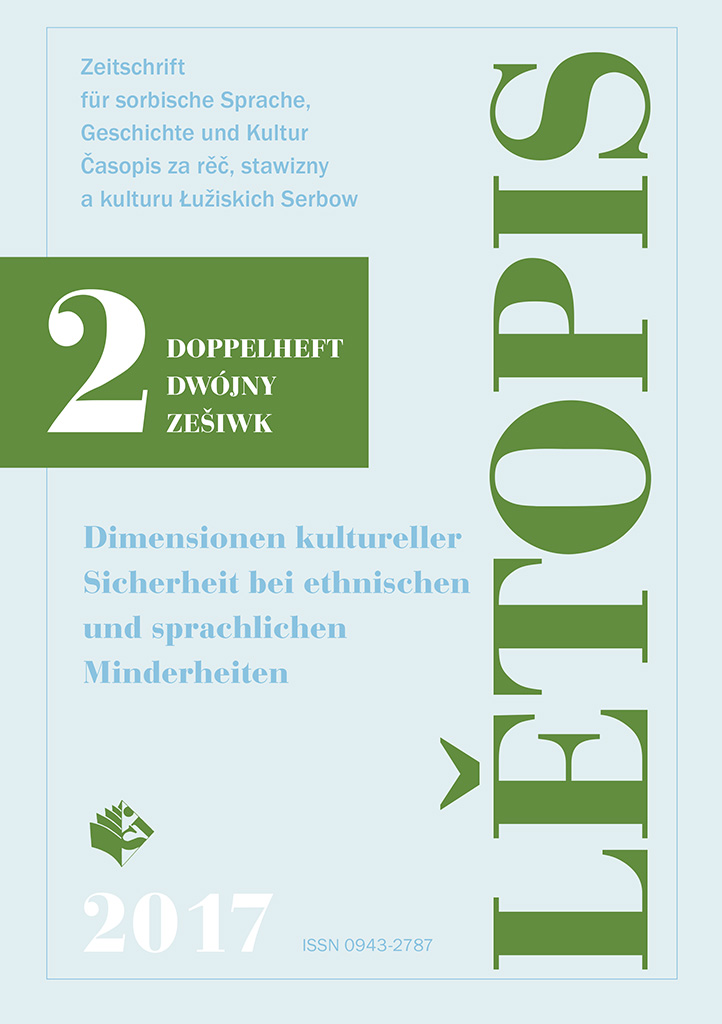Kulturelle Sicherheit in der Bergbaufolgelandschaft am Beispiel der Sorben in der mittleren Lausitz
Cultural Security in a Reclaimed Mining Landscape Using the Example of the Sorbs in Central Lusatia
Author(s): Fabian Jacobs Subject(s): Social Sciences, Conference Report
Published by: Domowina-Verlag GmbH / Ludowe nakładnistwo Domowina
Keywords: kulturell; Sicherheit; Bergbaufolgelandschaft; Sorben; mittlere Lausitz; cultural; security; reclaimed mining landscape; Sorbs; central Lusatia
Summary/Abstract: What role does culture play in reclaimed mining landscapes? How is this handled in the Lusatian lignite mining area, which overlaps to a large extent with the settlement area of the Sorbian ethnic minority? Resettlements as a result of mining, above all when they involve the destruction of whole villages, have a severe effect on the feeling of cultural security of the affected inhabitants. They not only represent an invasion of socio- cultural structures but also of organic settlement structures of the cultural landscapes. The result is a loss of a sense of security, which is bound to a culturally and collectively acquired territory in the sense of a homeland. Such an extreme crisis situation, which arises as a result of loss of homeland and the structural change of living space, can be demonstrated and analysed by using the example of Schleife, a village community in Central Lusatia. The role that Sorbian culture plays in the lignite plan of the Nochten mine, which has produced coal since 1973, is shown on the one hand. On the other hand the extent of possibilities for regaining cultural security in a reclaimed mining landscape are assessed. The starting point is a serious approach to the concept of cultural land- scape, in which the bi- and multi-cultural nature of the region is taken into account and in which the ethnic minority has the opportunity of following paths of active involve- ment in planning processes.
- Issue Year: 2017
- Issue No: 2
- Page Range: 328-345
- Page Count: 18
- Language: German
- Content File-PDF

